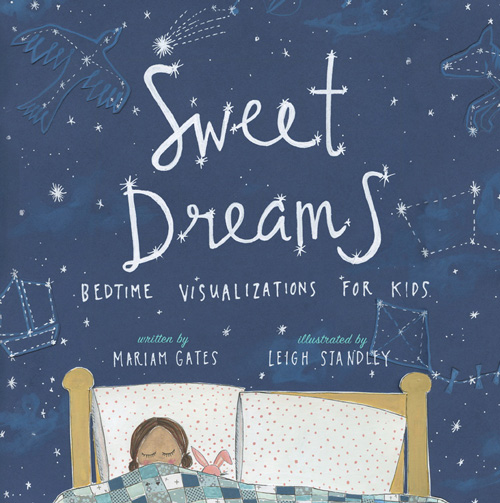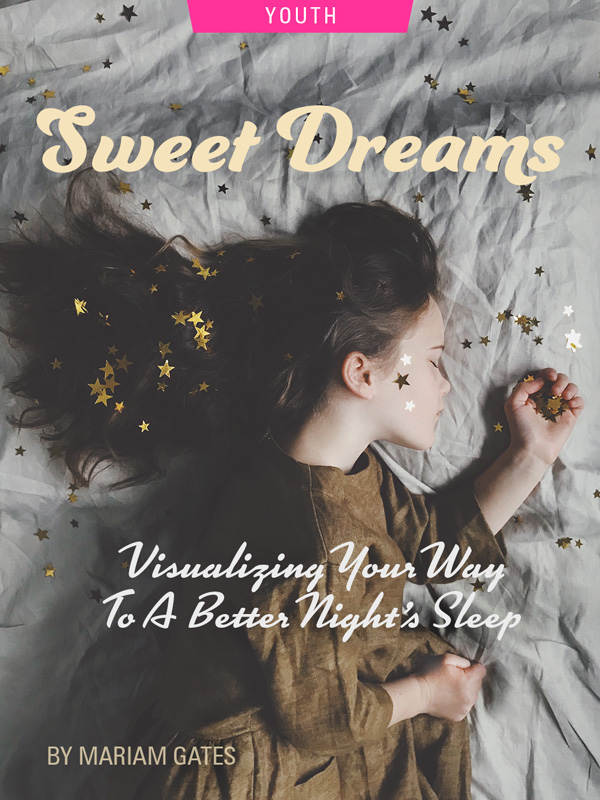
Bedtime doesn’t always bring sweet dreams. When the mind keeps racing, guided visualizations can help us settle in for a good night’s sleep
—
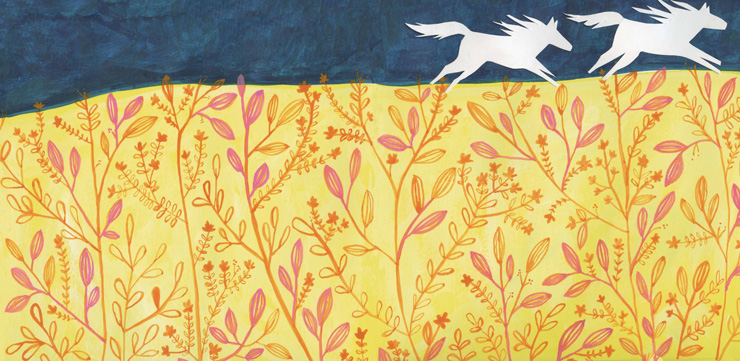
Bedtime is supposed to be the most relaxing time of day. We want it to be this calm moment where you and your child feel settled and ready to say goodnight. Unfortunately, that is often not the case. Even if we can get them lying town and tucked in for the night, their thoughts (like our own) can still be running a mile a minute.
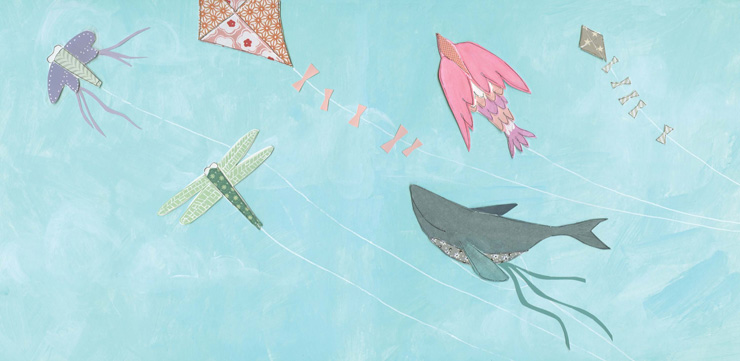
In my house, right at that final kiss goodnight — is often the time my son starts to focus on all thing things he is worried about. Some of it is practical: Did he remember to feed his lizard? Is there anything he is supposed to bring to school tomorrow? While other concerns, though real, are more free-floating anxieties. Are there bad people? Is everyone safe?
Now, all of these are important to talk about and validate, but it is also crucial for children — and adults — to have ways to soothe mentally and physically, especially at the end of the day.
The reality is that our thoughts can often be the loudest at bedtime, making it a restless and agitated time for many people.
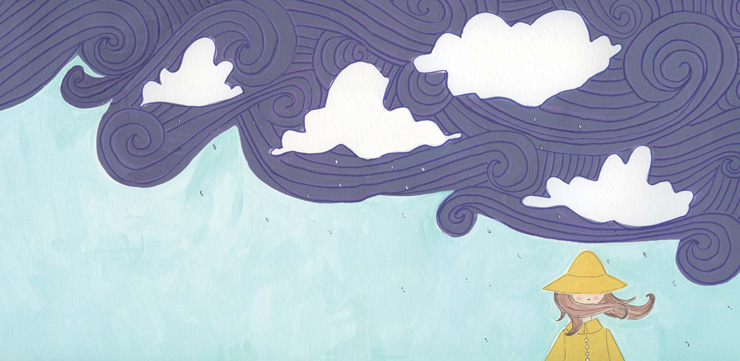
Using guided visualizations at bedtime is a fun and engaging way for all of us to settle for the night. Visualizations engage our imaginations; they help us focus and breathe and send relaxation messages to the body that everything is ok and we can let go of the day.
The mini-journeys in Sweet Dreams are designed to use imaginative story-telling and child-centered images to connect kids (and adults) with their own abilities to self-soothe.
These breathing and stress-relieving techniques will allow their bodies and minds to relax for a better night’s rest.
Sssssh. Sweet dreams Best Selfers!

Mariam Gates’ Recent Book:
You may also enjoy reading One Breath at a Time: 4 Simple Breathing Exercises for Kids and Adults by Mariam Gates
